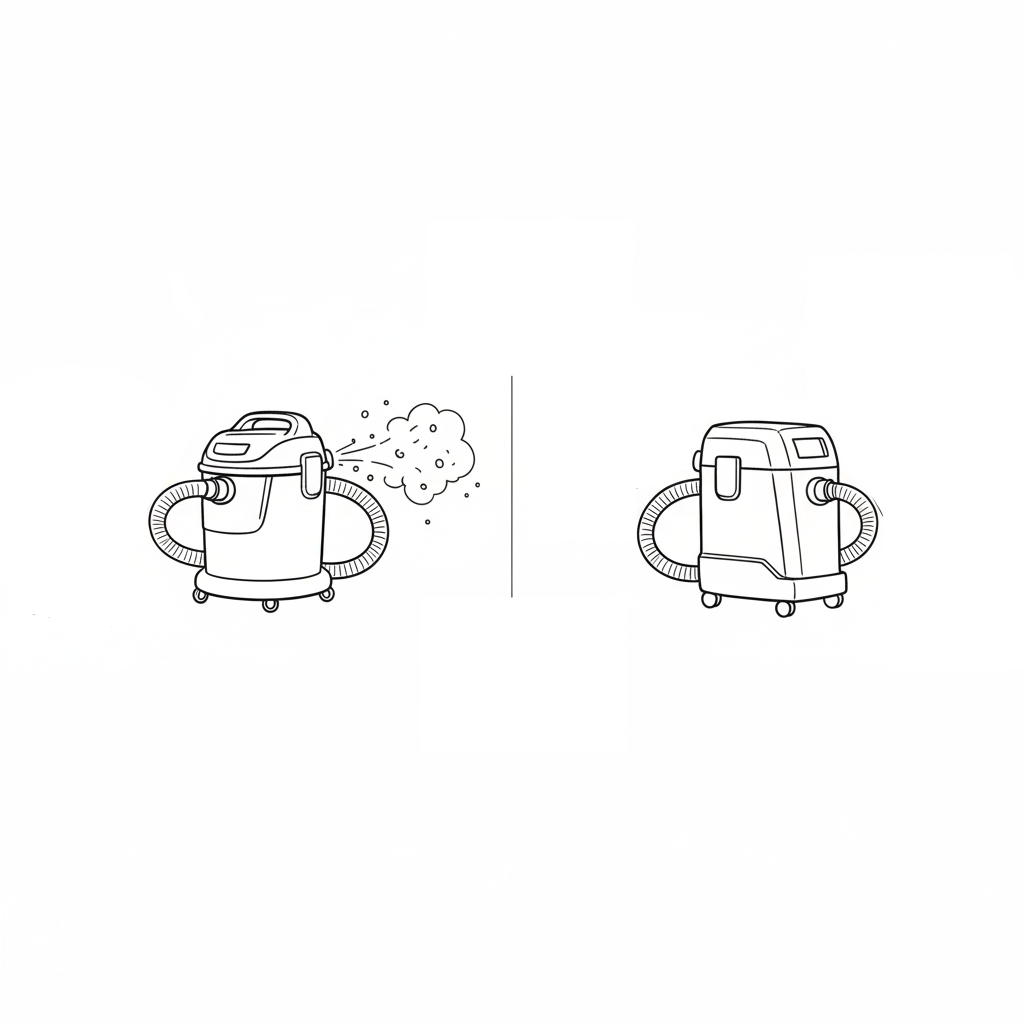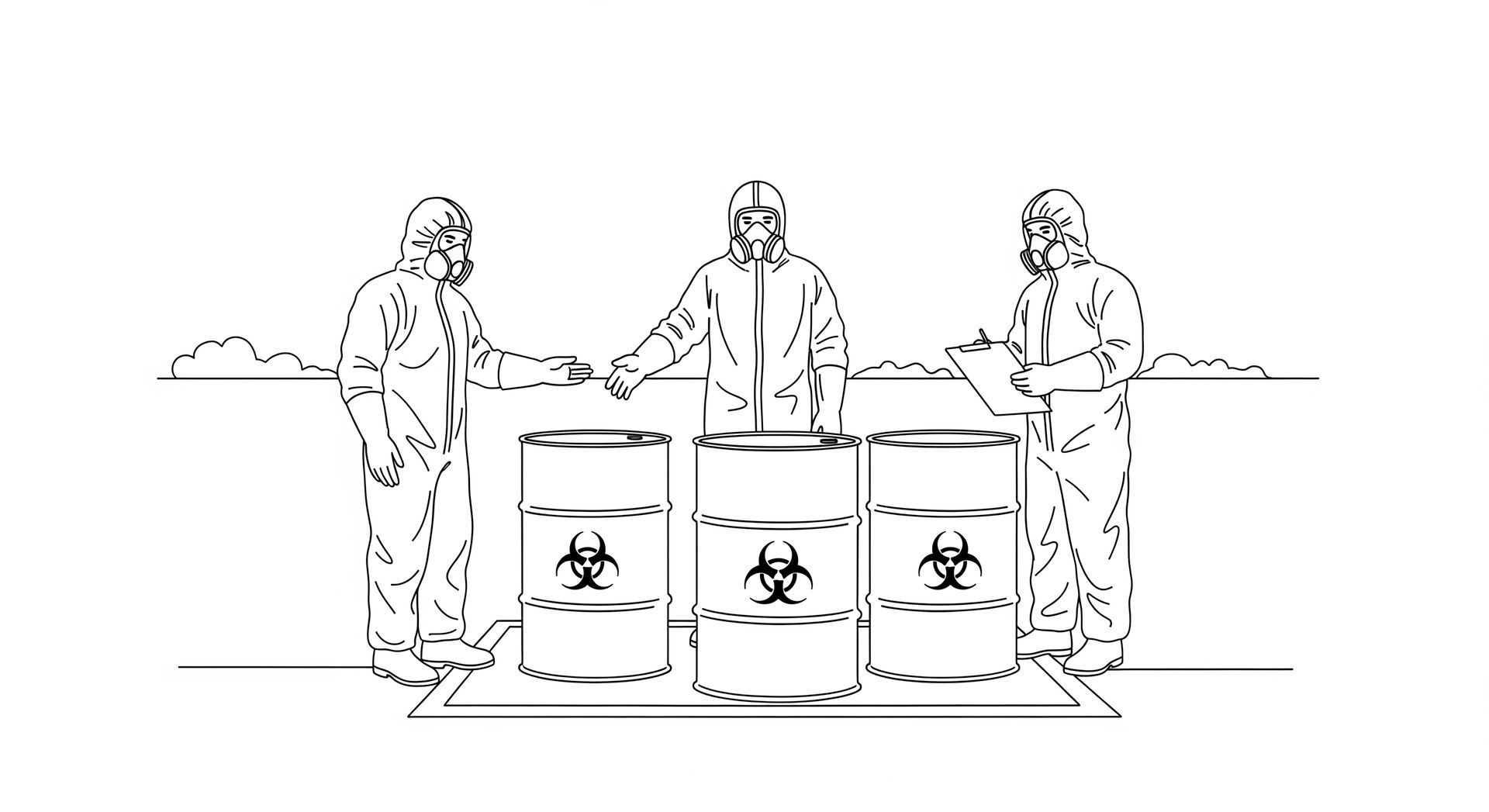Cal/OSHA Covid Standard PPE Requirements
There's been significant confusion regarding recent updates to the Cal/OSHA’s Covid-19 standard. After controversial revisions on June 3rd, 2021, there was another round of changes approved June 17th by the Department of Industrial Relations Standards board, and made effective immediately by executive order.
The most confusion seems to be regarding (D) Personal protective equipment.
To better understand Cal/OSHA’s convoluted and hasty attempts at regulating here, it helps to understand there are two broad categories of respirator use in the workplace. Side note: N95 filtering facepieces (aka: “N95 masks”) ARE respirators.
RESPIRATOR USE TYPES
Mandatory Respirator Use
Use of a respirator is required by the hazard or regulation. Employees must wear the respirator, they can’t choose not to. This has very comprehensive requirements that are explained in more depth in this article. But, in summary, the following requirements apply:
- Written Program: The employer must have a comprehensive written respiratory program compliant with Cal/OSHA §5144(c)(1), and have an administrator in charge of the program.
- Medical Approval: Required for all respirator users.
- Training: Comprehensive training on respiratory protection and respirator use.
- Fit Testing: Required for the specific model/size the employee is wearing at work.
Voluntary Respirator Use
Respirator use is optional for the employee. The employer has provided respirators for employees to use if they would like to (to feel more comfortable, to reduce levels of contamination that might be annoying but are not known to be harmful). Important point: You can't make a respirator situation "voluntary" just by decided you won't require respirators, it has to be justified that the risk is low enough to not require respirators.
- Written Program: The employer should have a simple written respiratory program compliant with §5144(c)(2), and have an administrator in charge of the program.
- Medical Approval: Medical approvals only for reusable elastomeric respirators (the rubber or silicone masks with filters on the side). No medical approval is required for filtering facepieces like “N95 masks.”
- Training: Simple information on the basics of voluntary respirator use. With some minor modifications adding info on when voluntary use is most encouraged, you could make a handout or short training slide using Cal/OSHA appendix D.
- Fit Testing: Not required.
Now, in the past, voluntary programs were at the discretion of the employer, if they wanted to have one. What we’re seeing here in the Covid standard is Cal/OSHA mandating that employers implement a voluntary program, and make respirators available for certain employees that want one. This isn’t totally unprecedented, as they have a similar requirement for outdoor workers when there’s heavy wildfire smoke: employees don't have to wear the respirator, but the employers must make them available.
REGULATORY ANALYSIS
With this understanding, let’s get into the text of the recently approved regs, specifically (E) Personal protective equipment. Regulation in black, Safewest commentary in color.
(D) Personal protective equipment.
1. Employers shall evaluate the need for personal protective equipment to prevent exposure to COVID-19 hazards, such as gloves, goggles, and face shields, and to provide such personal protective equipment as needed.
This is safety 101; employers should always do an assessment of workplace hazards, and provide PPE if needed. A safety program that doesn't operate under this concept has far bigger problems that complying with the nuances of Cal/OSHA's revised Covid 19 standard.
2. Upon request, employers shall provide respirators for voluntary use in compliance with subsection 5144(c)(2) to all employees who are not fully vaccinated and who are working indoors or in vehicles with more than one person.
This is referring to VOLUNTARY use. This requirement to provide a respirator only applies if all these conditions are met:
- An employee it not vaccinated
- That employee works indoors or rides in a vehicle with others
- That employee wants a respirator
In this situation, the employer should make respirators available, and make sure they've had simple training on voluntary use. A written program is still required. A medical evaluation may be required (see the first section "RESPIRATOR USE TYPES"). A fit test is NOT required.
This may not be as burdensome as some employers assume...the vast majority of unvaccinated persons also don't think Covid-19 is a serious concern; they're not likely to want a respirator.
Whenever an employer makes respirators for voluntary use available, under this section or sections 3205.1 through 3205.4, the employer shall encourage their use and shall ensure that employees are provided with a respirator of the correct size.
This is very confusing (and Cal/OSHA is notorious for not providing written interpretations of convoluted standards)...it’s not clear how an employee shall ensure employees are provided with a respirator of the correct size without doing a fit test. However, fit testing is not and has never been required for voluntary respirator use. I think a good faith effort here would be to make sure you have a smaller size option if you have employees with smaller faces, or providing a single respirator model that fits a wide range of employee face sizes, and provide alternatives based on employee feedback.
3. Employers shall provide and ensure use of respirators in compliance with section 5144 when deemed necessary by the Division through the Issuance of Order to Take Special Action, in accordance with title 8, section 332.3.
This is referring to MANDATORY use, in scenarios where Cal/OSHA, under authority in 332.3, has told a specific employer or group of employers they need to have a respirator program. If this applied to your organization, you would almost certainly know it and already be dealing with Cal/OSHA.
4. Employers shall provide and ensure use of eye protection and respiratory protection in compliance with section 5144 when employees are exposed to procedures that may aerosolize potentially infectious material such as saliva or respiratory tract fluids. NOTE: Examples of work covered by subsection (c)(7)(D)4. include, but are not limited to, certain dental procedures and outpatient medical specialties not covered by section 5199.
This is referring to MANDATORY use, and applies primarily to medical clinics and certain research settings where employees are potentially exposed to aerosolized human body fluids. A more detailed hazard assessment is required for these industries, but if there is potential exposure, all the elements of a mandatory respirator program (written program, medical approvals, fit testing, and training, and all required annual renewals) must be implemented.
Need help? Safewest provides consulting, written program development, and onsite respiratory protection services including training and fit testing.




